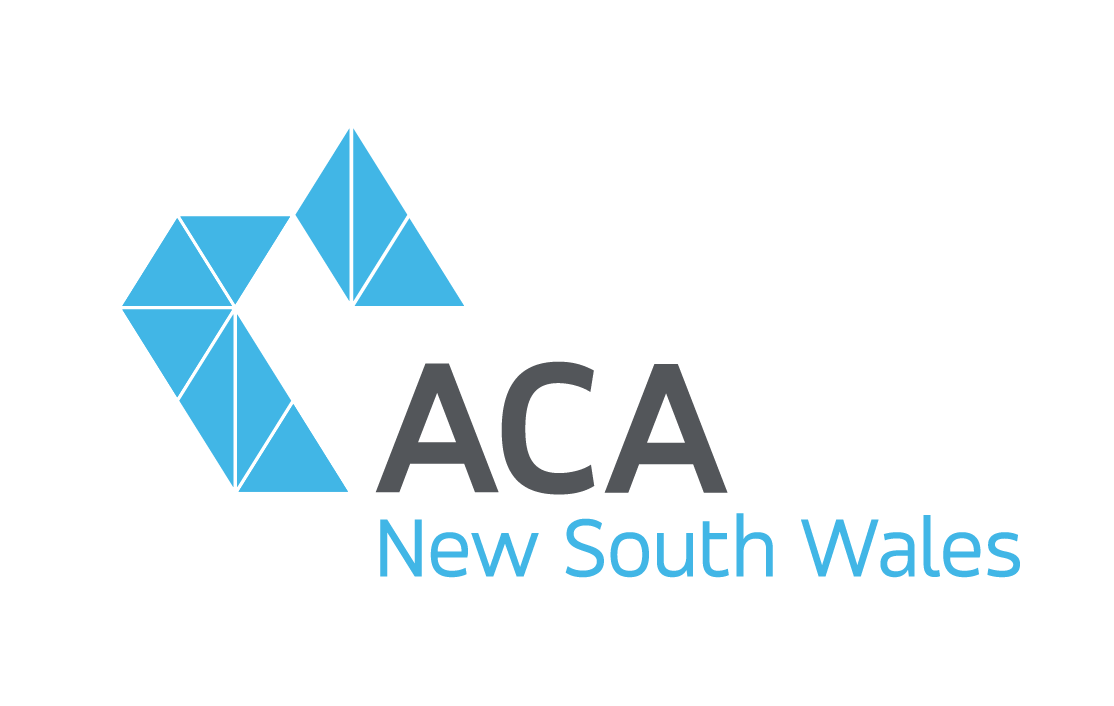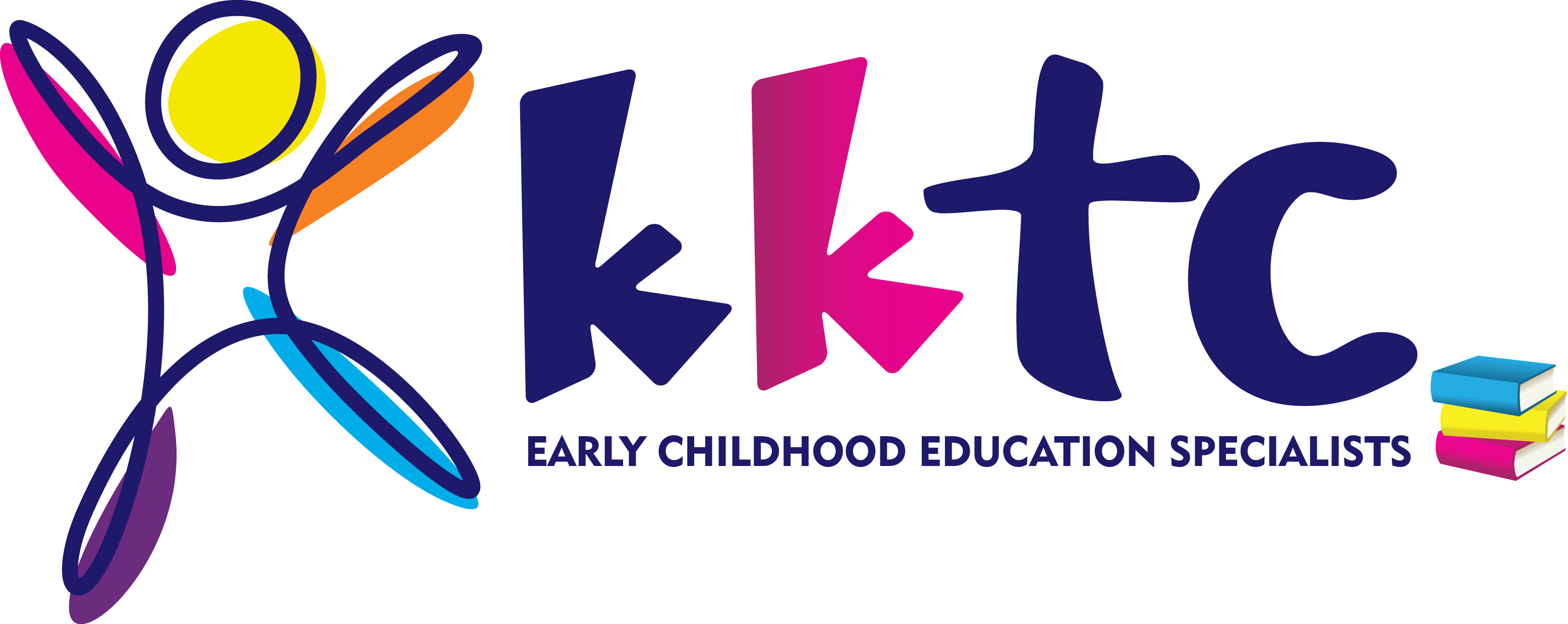What is the difference between Risk Mitigation and Risk Management?
Risk Mitigation is eliminating or taking steps to reduce the likelihood of an incident occurring. Alternatively it is aimed at reducing either the severity or number of people effected by the incident thereby reducing the loss to your business. Either financially or to your reputation.
The reality is that if you mitigated or eliminated every risk to the children in your care, your staff and your business then you would probably need to close the doors and give up. None of us want that so the need to reduce the likelihood of incidents occurring is paramount to business survival.
Undertaking regular risk assessments and having up to date policy and procedure documentation is a big step towards this.
Risk Management is the process of planning a response to risks previously identified and assessed risks.
There are five basic steps businesses can take to assess and mitigate risk:
- Identify the risks that might affect your business;
- Analyse and understand the impact to your business;
- Evaluate and rank the risks according to the potential impact, determined by likelihood and the effect on your business;
- Treatment: businesses should review the highest ranking risks to develop a treatment plan to achieve acceptable risk levels. This can be done using risk management strategies and matrixes:
- Review: all risks identified should be monitored and reviewed regularly both in consultation with your staff and independently for an objective opinion.
A Risk Management Policy can protect a business allowing risks to be dealt with appropriately to ensure business continuity.
Does your business have a plan in place to deal with risk in your workplace?
For further information and any assistance Contact Matthew at AFS Group on (02) 9531 7839.







